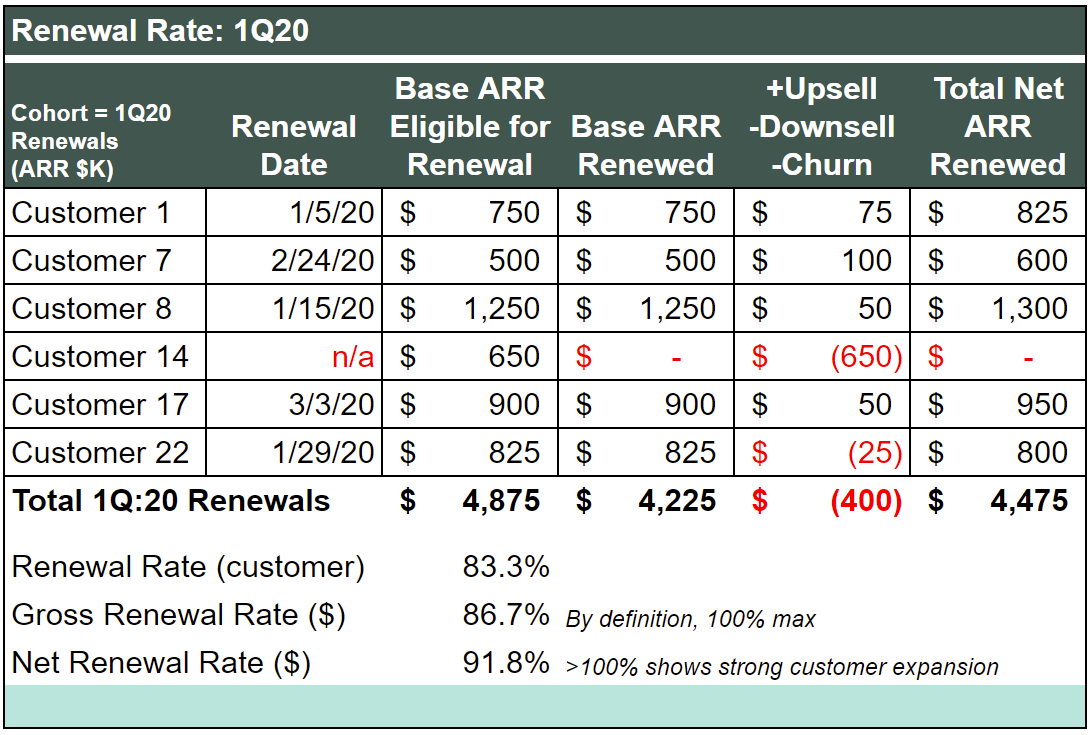Customer retention is the business activity focused on making customers so happy that they stick around long-term. Renewal and Churn are metrics that track that business activity. But how and why do you use one versus the other? Let’s take a look.
Think of Churn and Renewal the yin and yang of customer retention metrics. As the names indicate, Renewal rates track the number of customers (or dollars) that re-engage with you when their contracts are up. Renewal rates are measured using the “end state” of a time period. It tells you how many customers/dollars renewed as a percentage of those that could have renewed. It’s your contract renewal batting average.

Churn is the inverse of Renewal: it tracks the number of customers (or dollars) that stop doing business with you at any time up to their contract-end dates. It’s that simple, though there are a lot of nuances about how to best measure and track churn to get the most value out of it.
Now for the why: Why use one or the other metrics? From your first dollars of revenue, you should be tracking both Churn and Renewal rates. You’ll share Churn data to coordinate Sales, Marketing, and Customer Success. And when (if!) Churn starts trending against you, you’ll lean on Renewal rates to tell you a lot about “why?”.
For further reading, see our series of primers on customer retention metrics: